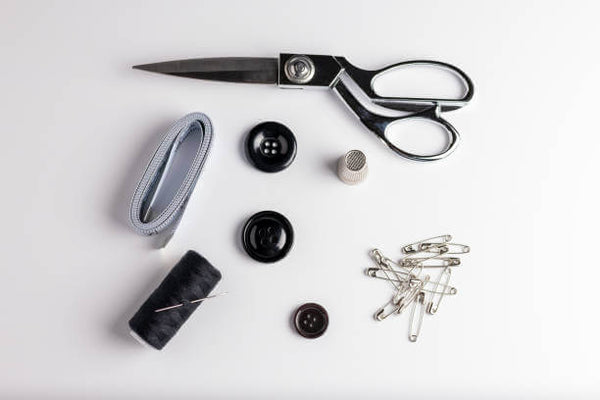Why You Should Wear a Boutonnière
A boutonnière is an elegant accessory that can be worn by groom or the best man. It is a small flower that is pinned to the lapel of a jacket or the front of a shirt.
The boutonnière is usually reserved for weddings, but it can also be worn at other occasions when wearing a corsage would be more appropriate.
Boutonnières are usually made from flowers like roses, carnations, and daisies. They are also often made from greenery like ivy and eucalyptus leaves.
Some people believe that wearing a boutonniere on your left lapel will bring you luck in love and marriage while wearing one on your right will bring you luck in business.
The tradition of wearing a boutonnière originated in France during the 1800s and was brought to America by French immigrants. The tradition has been adopted by many cultures and countries around the world.
What to Look For When Buying a Boutonnière
When buying a boutonniere, there are many factors to consider. The size, the color, the type of flower and the style of the pin are all important considerations.
The size of a boutonniere is determined by where it will be worn on your body. If you want it to be pinned to your lapel then you will need something small and unobtrusive. If you want it pinned to your jacket then you can go with something slightly larger that can still fit in your pocket or handbag if necessary.
Color is another important factor when choosing a boutonniere because they come in many colors including red, pink, yellow, white, and purple. The color should match whatever color scheme you have chosen for your wedding day attire which may include colors like black and purple.
There are many styles for a boutonniere including round, square, and diamond. The style should match the rest of your tuxedo or wedding gown as well as your personality. For example, if you have a classic wedding dress with a long train, your boutonniere should be either in the shape of an orchid or a bow tie.
A boutonniere is an accessory worn on the lapel of men's jackets and blazers to be placed between the top button and the middle button or pinned to one side of a pocket square. It is traditionally made with flowers and foliage, sometimes with small berries or leaves.
The term "bouton niere" is derived from the Old French word for buttonhole, or pinhole. The boutonniere should be a stylish and neat addition to your suit that will make you feel like you have a personal touch every time you wear it!
How to Put on Your Best Man's Boutonnière
When it comes to the best man's boutonniere, there are two schools of thought. One is that it should match the color scheme of the wedding. The other is that it should be a different color to stand out from the rest of the wedding party.
The choice really depends on personal preference and what you think will look best on your groom.
When you are pinning on your best man’s boutonniere, make sure that you have a flower pinning kit handy and some clear instructions from a professional florist.
This is a guide to tie on a boutonniere for your best man.
You will need the following materials:
-A boutonniere (usually in the form of a flower, but it can be other shapes)
-A straight pin (clothespins work as well)
-A piece of ribbon or string to tie around the wrist.
How to Pin Your Own Boutonnière Onto Your Jacket
A boutonnière is a small flower or other decoration worn on the lapel of a man's jacket. It is typically pinned to the left lapel, near the heart.
The most common type of boutonnière is a simple flower that has been pinned onto a man's suit, usually on the left lapel. The flowers can be any type; for example, roses and carnations are popular choices for weddings.
To pin your own boutonnière onto your jacket:
1) Pin one end of the ribbon to one side of the buttonhole and pull it through until it reaches the other side of the buttonhole.
2) Tie both ends together in an overhand knot so that they are secure but still have enough slack to easily slip the ribbon through the buttonhole.
3) Wrap the ribbon around the button at least a few times so that it is secure and can't easily fall off.
4) Thread one end of the ribbon into one loop of your boutonnière and tie an overhand knot to secure it.
5) Slip the other end of your ribbon into the other loop of your boutonnière and tie an overhand knot to secure it.

